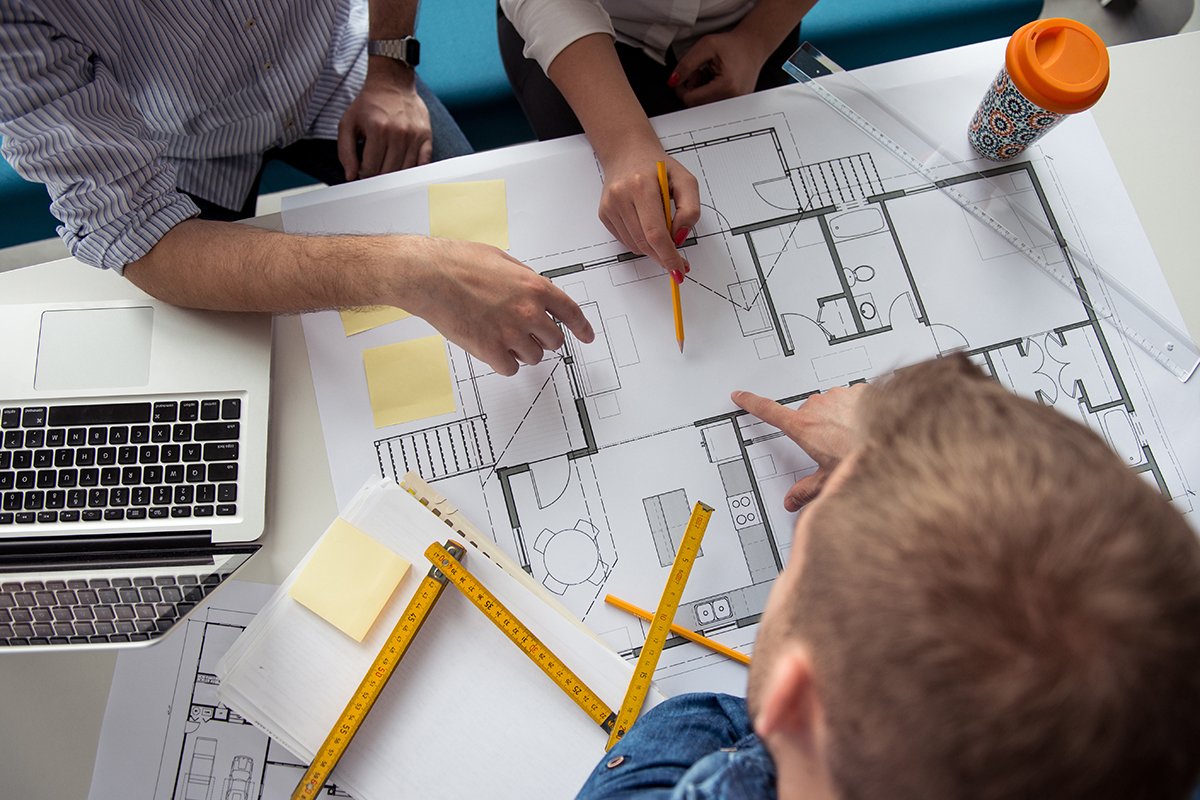A Detailed Introduction of Architectural Styles and Their Impact on Modern City Planning and Development
Architectural styles have long served as a mirror to the social values and technological improvements of their time, playing an essential function in forming modern-day city preparation and growth. From the splendour of Neoclassicism to the practical strategy of Brutalism, each design has presented special principles that influence city visual appeals and performance.
Historical Review of Building Styles
Throughout history, building designs have actually advanced in response to social, technological, and ecological variables. Each period reflects the dominating values, ideas, and improvements of its time, causing a rich tapestry of layout that signifies human creative thinking and adaptation. The ancient civilizations, such as the Egyptians and Greeks, established fundamental designs that highlighted proportion and proportion, serving both useful and visual purposes.
As societies transitioned through the Middle Ages, Gothic style arised, characterized by its verticality and complex outlining, matching the spiritual ambitions of the period. The Renaissance marked a rebirth of classical suitables, combining art and style in ingenious means that affected subsequent designs throughout Europe.
The Industrial Revolution presented brand-new products and building and construction methods, triggering movements like Modernism, which tested conventional types and embraced simplicity and capability. The 20th century saw a diversity of styles, with Postmodernism responding against the plain minimalism of its predecessor, incorporating historic references and diverse elements.
Today, building styles proceed to evolve, driven by globalization and sustainability problems, showing a dynamic interaction in between heritage and innovation. This historic overview emphasizes the significance of style as a mirror of societal development and as a driver for metropolitan growth.
Key Architectural Styles Explained
The diversity of architectural designs shows the myriad impacts that shape our developed environment, each embodying distinct attributes and cultural values. Key architectural styles consist of Timeless, Gothic, Baroque, Modernism, and Postmodernism, each standing for special historic contexts and visual ideologies.
Classic style, rooted in ancient Greece and Rome, highlights proportion, percentage, and using columns. On the other hand, Gothic architecture, prospering between Ages, is identified by pointed arcs, ribbed safes, and flying buttresses, producing a heavenly quality in basilicas. Baroque design, emerging in the 17th century, is marked by majesty, intricate embellishment, and a dynamic interplay of light and shadow.

Understanding these designs offers understanding right into the cultural stories and technological developments of their particular eras, highlighting just how architecture offers not equally as a sanctuary, however as a reflection of societal values and goals.
Influence On Urban Planning
In shaping the growth of cities, architectural styles substantially affect city preparation decisions. The option of building style frequently determines the aesthetic appeals, performance, and total character of urban environments. As an example, modernism, with its focus on minimalism and functionality, link encourages open areas and the combination of technology, forming city layouts that prioritize effectiveness and access. Alternatively, typical designs may stress historic conservation, leading to urban layouts that keep social heritage and advertise pedestrian-friendly settings.
In addition, building styles can influence zoning guidelines and land use policies. Urban planners should take into consideration the dominating architectural patterns when creating areas, making certain that new developments balance with existing frameworks. This consideration fosters natural metropolitan landscapes and enhances community identity.
The implementation of certain building styles can likewise influence socioeconomic variables within a city. For instance, high-end contemporary layouts might draw in affluent homeowners and businesses, causing gentrification, while extra budget-friendly housing options could focus on practical and sustainable designs to fit diverse populations. Inevitably, the interplay in between architectural designs and metropolitan planning develops vibrant cities that mirror both historic context and contemporary demands, shaping the lived experiences of their inhabitants.
Sustainability and Modern Design
Building styles play a pivotal role in attending to modern difficulties, particularly in the realm of sustainability. As city locations expand and ecological issues magnify, modern design significantly accepts lasting design concepts that prioritize energy efficiency, source conservation, and marginal ecological influence.
Contemporary building motions, such as biophilic design and eco-friendly architecture, supporter for frameworks that harmonize with their environments, making use of all-natural products and advertising biodiversity - cda architects. These styles often include renewable power sources, such as solar you can try this out panels and wind generators, to minimize reliance on nonrenewable fuel sources and lower carbon impacts
Moreover, the integration of innovative innovations, such as clever structure systems, boosts power management, optimizing resource use while making certain resident comfort. Innovative water administration methods, including rainwater harvesting and greywater recycling, further contribute to sustainable urban atmospheres.
Significantly, sustainability expands past environmental worries; it includes social and economic dimensions. By cultivating community wellness and promoting inclusivity, modern-day building styles line up with sustainable advancement goals. The advancement of building techniques proceeds to shape durable cities that not only meet the needs of the existing yet likewise guard the future for generations to come.
Neighborhood Engagement in Style
Neighborhood interaction in layout functions as a vital bridge between architects and the populations they serve, making sure that the developed environment mirrors the demands and desires of its individuals. This joint process invites neighborhood participants to add their understandings and preferences, cultivating a sense of possession and obligation toward the rooms go right here they inhabit.
Effective neighborhood involvement uses numerous approaches, such as workshops, surveys, and public discussion forums, to collect varied viewpoints (cda architects). These methods promote a two-way discussion, allowing designers to comprehend neighborhood contexts while empowering residents to articulate their issues and desires. This inclusivity not only boosts the layout quality yet also promotes social equity by attending to the special obstacles faced by marginalized groups

Final Thought
Architectural styles have profoundly affected contemporary city planning and advancement, mirroring developing cultural and technological contexts. As cities continue to grow and adjust, the ongoing dialogue between architectural heritage and modern-day style concepts will certainly stay necessary in producing comprehensive, vivid rooms that enhance quality of life and promote social equity.